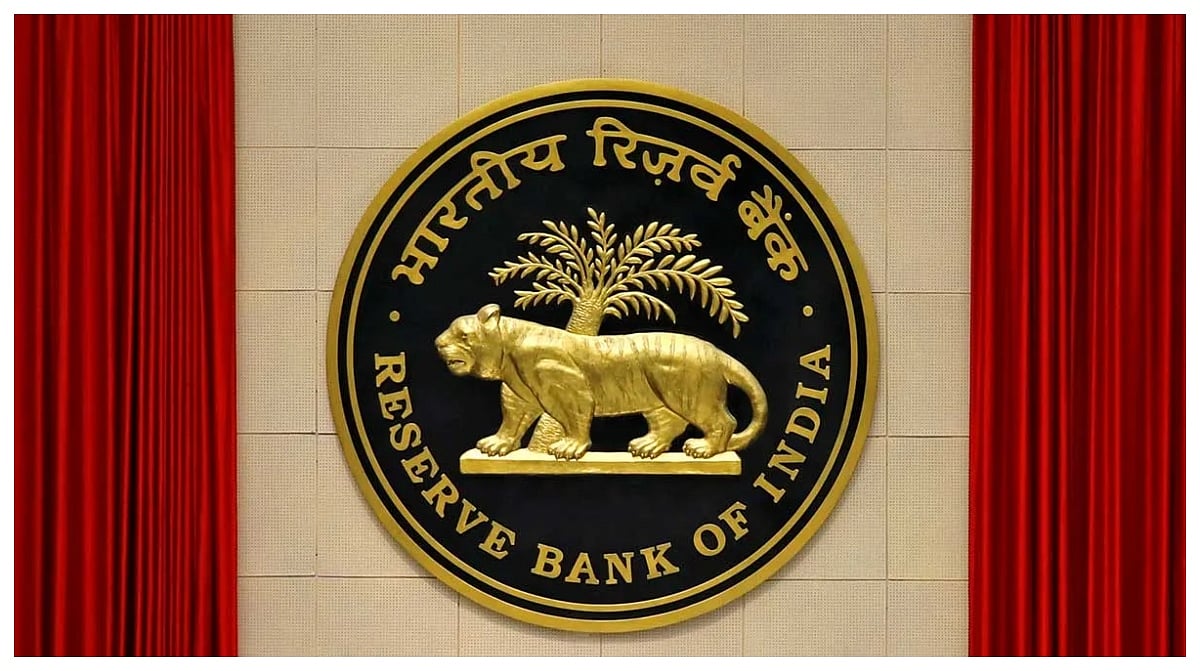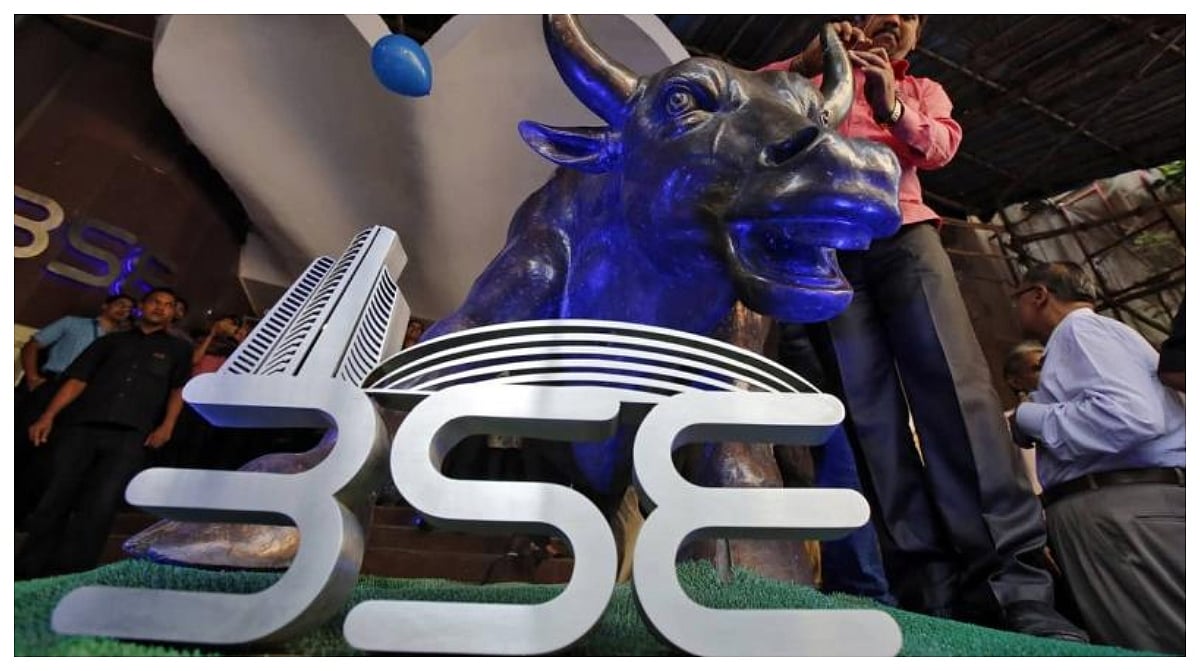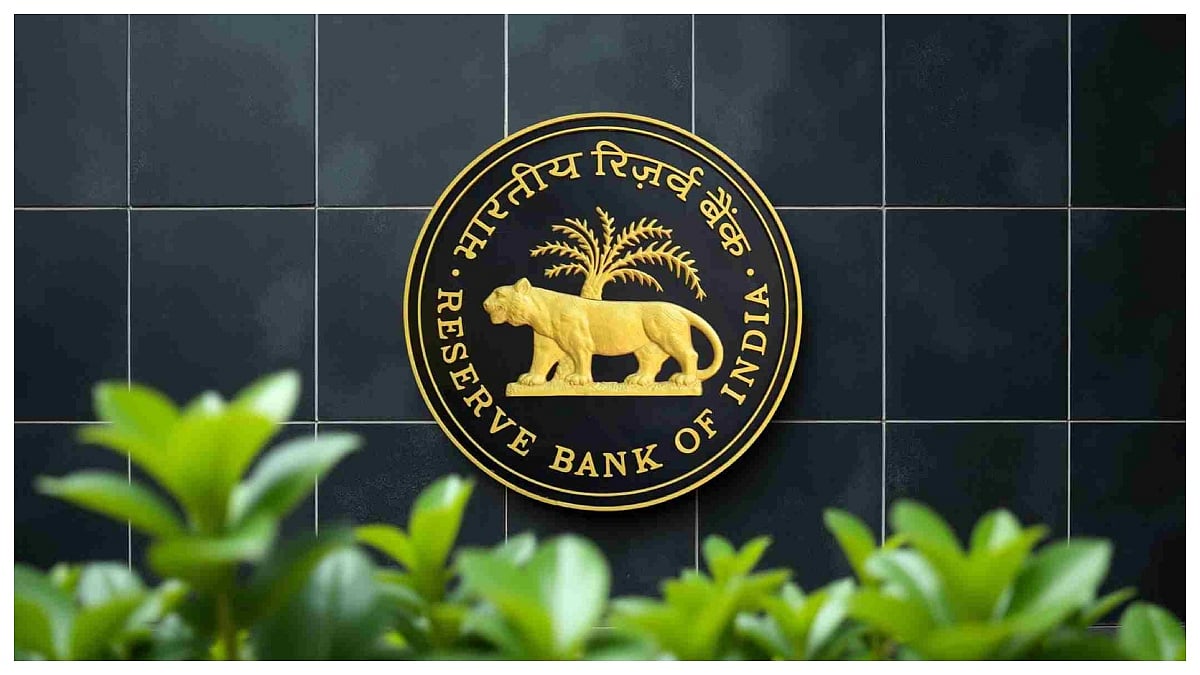We have already written about investing in ELSS (tax saving) funds and how these prove to be akin to saving tax and getting paid for it. The response that we received to this piece was tremendous – and had also prompted us to write a complementary article to last week’s piece.
Most readers wrote in arguing that while ELSS in and of themselves were good investments, however, how could one ignore PPF – PPF the evergreen darling of the taxpayer population – a scheme with an implicit government guarantee and tax-free return to boot!
In fact, taxpayers have fallen in love with Public Provident Fund (PPF) so much so that many of them have been contributing to it annually over the Sec. 80C limit of Rs 1,50,000. This helps them to pocket the benefit of tax-free interest which is around 8% p.a. However, a savvy investor constantly remains in touch with the investment climate and shifts over to better avenues when they dawn on the investment horizon.
Over the years, it so happens that Equity-Linked Saving Schemes (ELSS) of MFs have gone miles ahead of PPF. For those who have not yet shifted over from PPF to ELSS, this is as opportune time as any. Let us first go through the process of evolution of ELSS. An ELSS is nothing but a variant of an equity-based mutual fund with a couple of small differences that nonetheless have a big impact on returns from investment.
ELSS have a lock-in of 3 years and are under the tax deduction umbrella of Sec. 80C within the overall general ceiling of Rs 1,50,000. At least 80% of the corpus of ELSS is statutorily required to be invested in equities and equity-oriented instruments. To begin with, these schemes were close ended ones with a maturity period of 3 years. These close-ended ELSS were riddled with many issues, some of which were —
1. MFs launched their new schemes every year at the fag end of the FY. Therefore, the investor could not invest as and when he had investible funds on hand. This forced him to keep the funds idle for long. 2. The performance of the schemes got linked with the market conditions prevailing at the year-end. 3.The investor could not pick and choose any scheme since he knew neither its track record nor its portfolio which got constructed only after the closure of the offer. 4. At the end of its term, the MF was forced to unload all its holdings, irrespective of the then prevailing market conditions.
This created an avoidable volatility in the market. The investor was forced to receive the redemption amount, even if he did not need it at that point of time. Then, in December 1998, SEBI bypassed these problems by permitting MFs to have open-ended ELSS. Open-ended ELSS added value to the inherent structure.
The lock-in was three years from the date of allotment of units. It is one year in the event of the death of the investor. Units could be redeemed, continued to be held, transferred, assigned or pledged after three years.
PPF is adored because of three main reasons: 1. It has the shield of Sec. 80C deductions within the overall limit of Rs 1.50 lakh. 2.
It offers some limited liquidity by way of up to withdrawal of 50% of the balance in the account 4 years ago or 1 year ago, whichever is lower, from 7th year and onwards of opening the account. 3. This is most important — The tax-free interest on the balance in PPF is absolutely assured and currently is at 8% p.a. (however now this interest is market regulated and is subject to change as per market conditions)
On the other hand, apart from similar tax deduction and tax-free return as PPF, ELSS is endowed with higher liquidity by way of up to 100% withdrawal after 3 years. Yes, the tax-free returns are not and cannot be assured because these depend upon market conditions.
However, thanks to the mandatory 3-year lock-in of funds invested, the fund managers have better freedom to manoeuvre since they need not keep large funds liquid to meet repurchase demands. Also, the returns of ELSS are essentially capital gains and not interest on capital like in the case of PPF – which means the return potential is significantly higher than the 8% cap that a fixed income avenue like PPF can offer.
Incidentally, even this rate is slated to come down, thanks to the RBI actions to contain the inflation rate and consequent reduction in benchmark bank rates. Now, as per our research, as a category, ELSS funds have given an average 3 year return of around 12% p.a. and a 5 year return of around 16% p.a.
Also have a look at the table which presents the returns of some open ended ELSS on offer. We have taken a representative sample as space constraints preclude a listing of all available funds. Now, you decide where to invest your precious hard-earned funds, even beyond the limit of Rs 1.5 lakh. Even those who are outside the tax net will do well by having a good look at ELSS.
The authors may be contacted at wonderlandconsultants@yahoo.com









